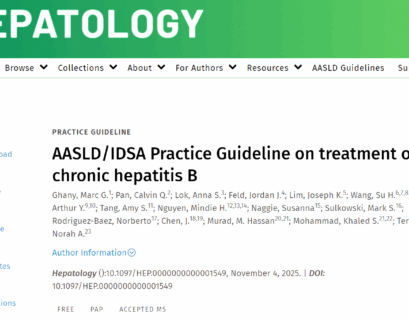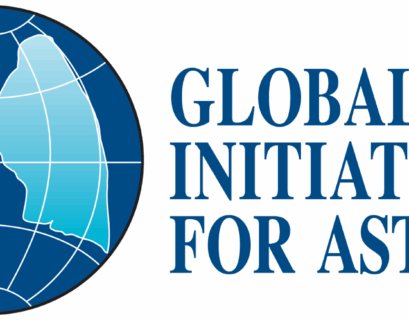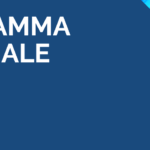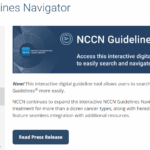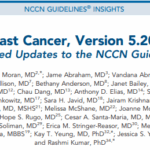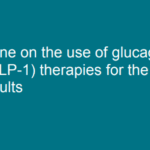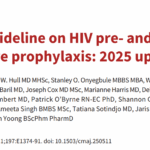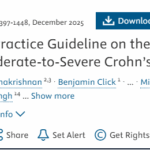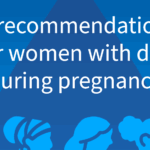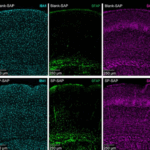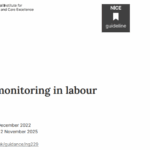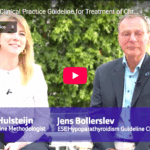Coronary Artery Revascularization in the Older Adult Population: A Scientific Statement From the American Heart Association
Circulation, Ahead of Print. The United States is facing a demographic shift as the population of older adults grows rapidly, with the proportion of Americans ≥65 years of age projected to double by 2060. This aging trend will have far-reaching effects on health care systems, especially because agi…
Optimizing Reperfusion Trials: A Consensus Research Roadmap From the STAIR XIII Conference
Stroke, Ahead of Print. The STAIR (Stroke Treatment Academy Industry Roundtable) sponsored a workshop during the STAIR XIII conference in Washington, DC on March 27 to 28, 2025, to develop consensus recommendations, particularly regarding research priorities and design elements for trials of reperf…
Gastroenteropancreatic Neuroendocrine Tumors
Neuroendocrine tumors (NETs) represent a heterogeneous group of neoplasms with diverse biological and clinical behavior, and gastroenteropancreatic neuroendocrine tumors (GEP-NETs) are the most common subtype. This review provides an overview of GEP-NETs, with a focus on incidence trends, pathologi…
Research priorities for cancers of the oesophagus and stomach: recommendations from a UK and Ireland patient and healthcare professional partnership exercise
Background
Cancers of the oesophagus and stomach are a major cause of morbidity and mortality. Research is crucial to improving outcomes. However, to maximise value and impact, areas of focus should be prioritised in partnership with patients.
Objective
We undertook a comprehensive analysis of UK a…
AASLD/IDSA: linee guida pratiche sul trattamento dell’epatite B cronica
EpatitiL’American Association for the Study of Liver Diseases (AASLD) and the Infectious Diseases Society of America (IDSA) hanno...
Abstract 4365616: Premature Aging is Associated with Abnormal Cardiac Function in Perinatally HIV-Infected Young Adults
Circulation, Volume 152, Issue Suppl_3, Page A4365616-A4365616, November 4, 2025. Introduction:Children and adolescents with perinatally acquired HIV (PHIV) are now surviving into adulthood due to improved antiretroviral therapy. However, many still face an increased risk of cardiovascular (CV) dis…
Epatite C: aggiornamento del 27 ottobre 2025 sui pazienti arruolati
L’Agenzia Italiana del Farmaco rende disponibile l’aggiornamento settimanale dei dati relativi ai trattamenti con i nuovi farmaci ad azione antivirale diretta di seconda generazione (DAAs) per la cura dell’epatite C cronica, raccolti dai Registri di monitoraggio AIFA.
Treatment of Acute Ischemic Cerebrovascular Events Over the Past 30 Years: The Power of Evidence
Stroke, Volume 56, Issue 11, Page 3310-3320, November 1, 2025. Over the past 3 decades, evidence-based medicine has reshaped the clinical practice in cerebrovascular diseases. To reduce the disability risk of major ischemic stroke, treatment strategies primarily focus on reperfusion therapies, such…
Childhood Cancer Survivorship Globally
This systematic review examines the global distribution of childhood cancer survivorship research, including country of origin and study focus.
Epatite C: aggiornamento del 21 luglio 2025 sui pazienti arruolati
L’Agenzia Italiana del Farmaco rende disponibile l’aggiornamento settimanale dei dati relativi ai trattamenti con i nuovi farmaci ad azione antivirale diretta di seconda generazione (DAAs) per la cura dell’epatite C cronica, raccolti dai Registri di monitoraggio AIFA.
Linee guida per la sindrome genitourinaria della menopausa
Salute della DonnaUna nuova linea guida multi-organizzativa presenta 26 raccomandazioni per il riconoscimento e la gestione della sindrome genitourinaria...
Challenges in Shared Care Research in Hematopoietic Cell Transplantation—Reply
In Reply We appreciate the interest from Chan et al in our study. We agree that our work has some of the limitations that they underscore, most of which have been presented and discussed in the article text. Importantly, shared care is an applied care delivery strategy. For those who were randomize…
Febbre e ipertermia: due termini che non sono equivalenti
Febbre – Febbre: colpa del caldo o di un malanno? Cause e differenze dell’aumento della temperatura corporea: quando è ipertermia e quando c’è un’infezione in corso
ASH e ISTH: linee guida per la pratica clinica sulla tromboembolia venosa pediatrica
CardiovascolareL’American Society of Hematology (ASH) e l’International Society on Thrombosis and Haemostasis (ISTH) hanno pubblicato nuove e...
Linee guida GINA aggiornate per la gestione e la prevenzione dell’asma nel 2025
AsmaLa Global Initiative for Asthma (GINA) ha pubblicato le linee guida aggiornate per la gestione e la prevenzione dell’asma nel 2025. Il...
Diagnosi, trattamento e cura della meningite
Malattie infettiveSono state pubblicate dall’WHO le linee guida sul trattamento e cura della meningite. Sono raccomandazioni basate sull’evidenza per...


